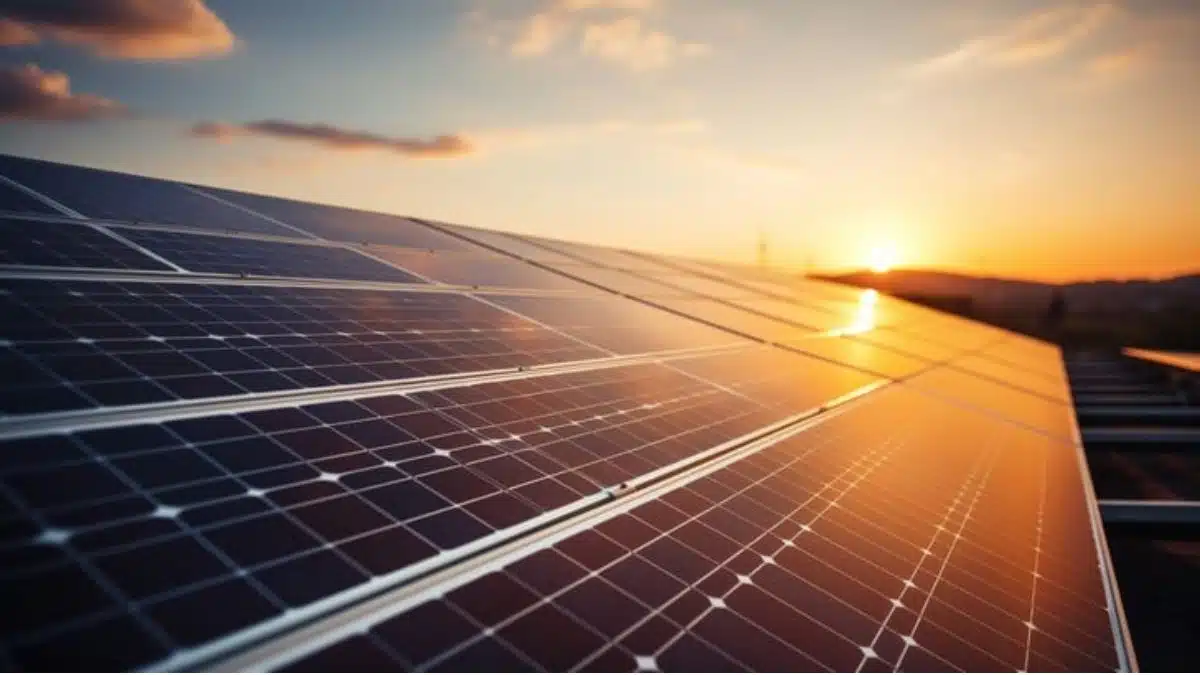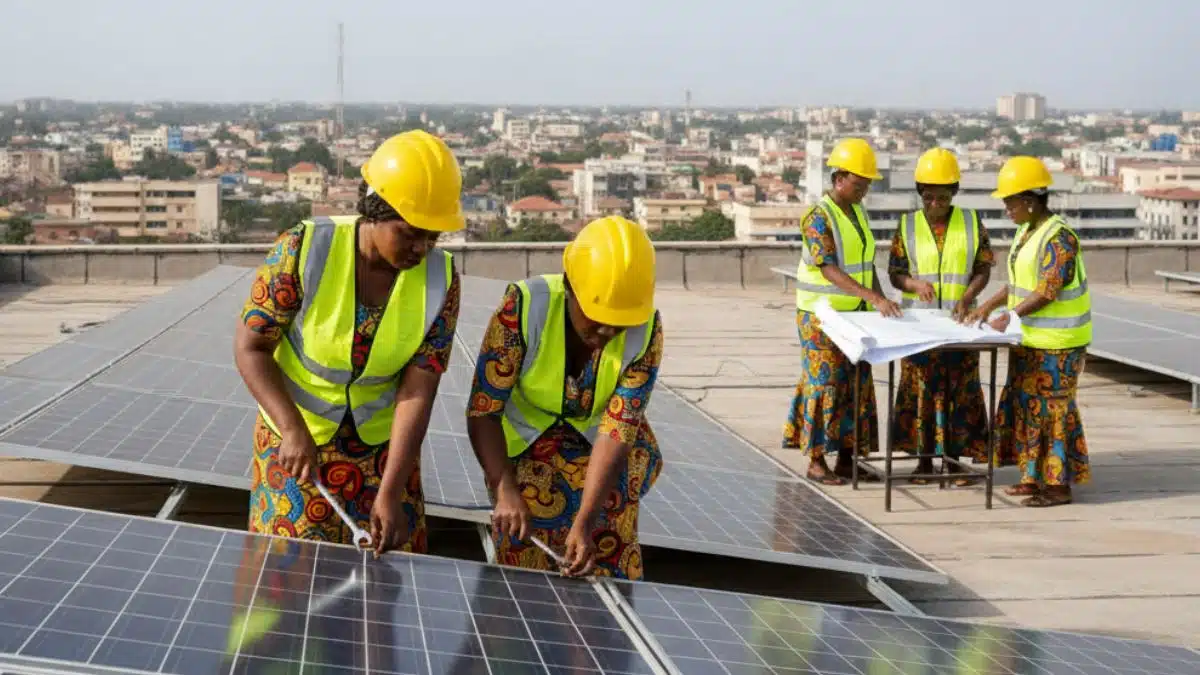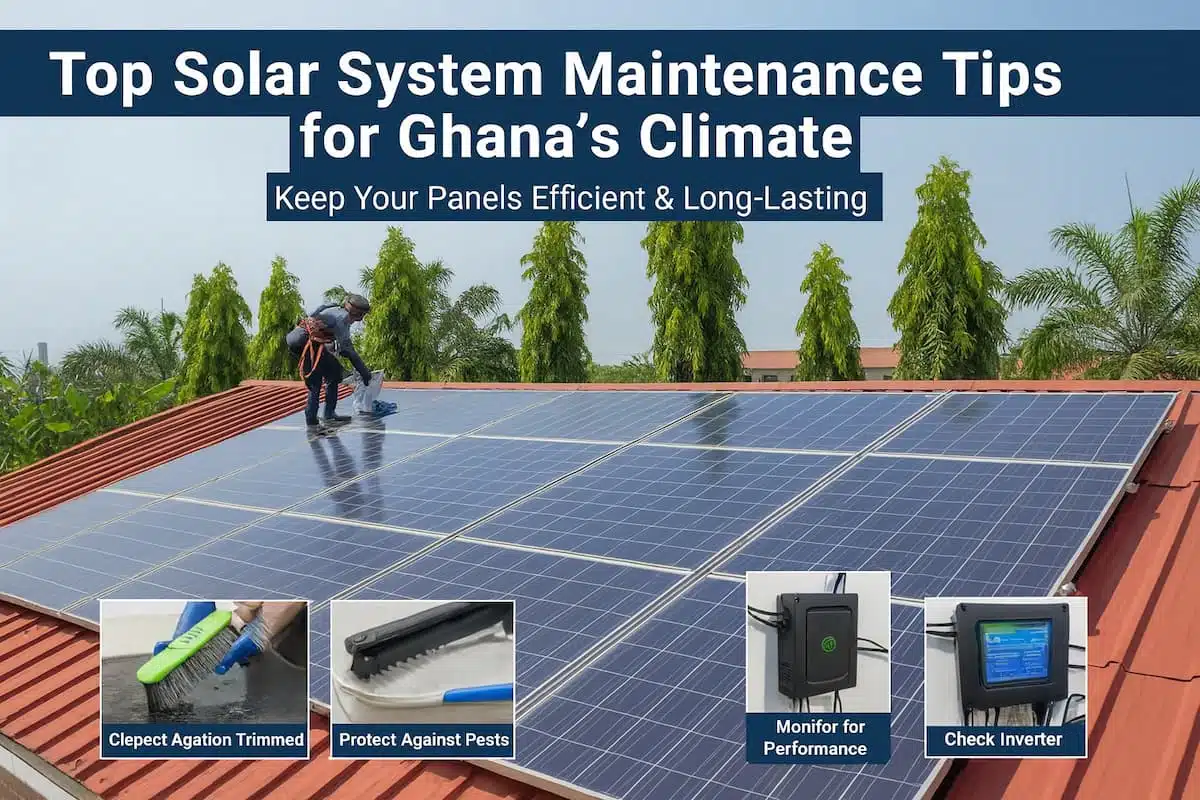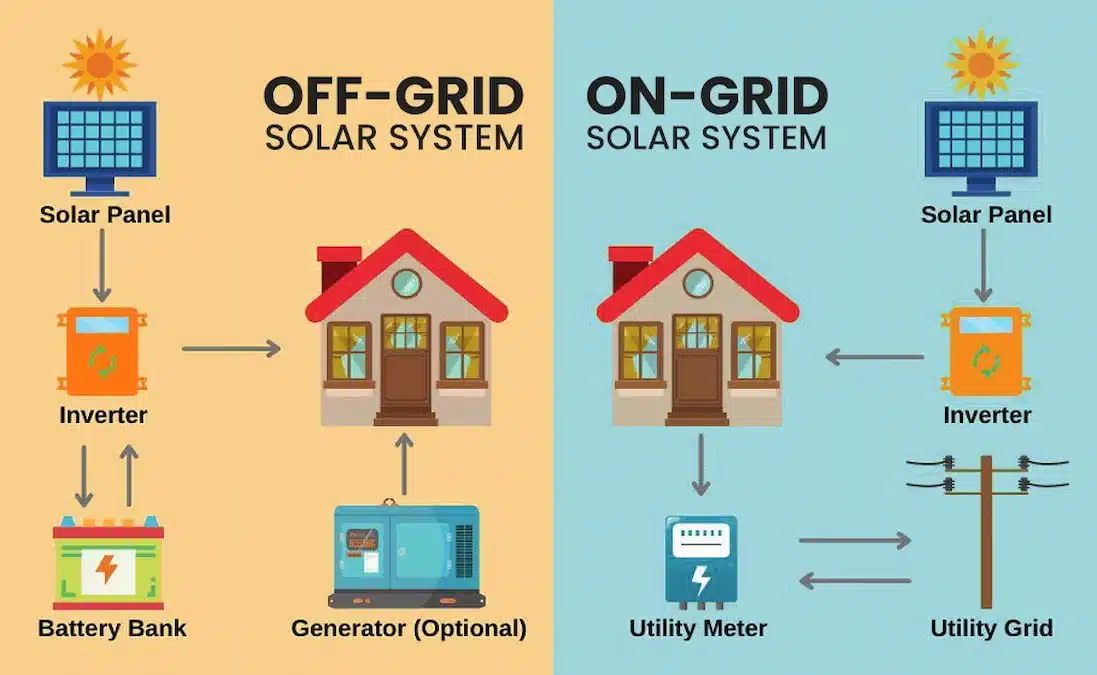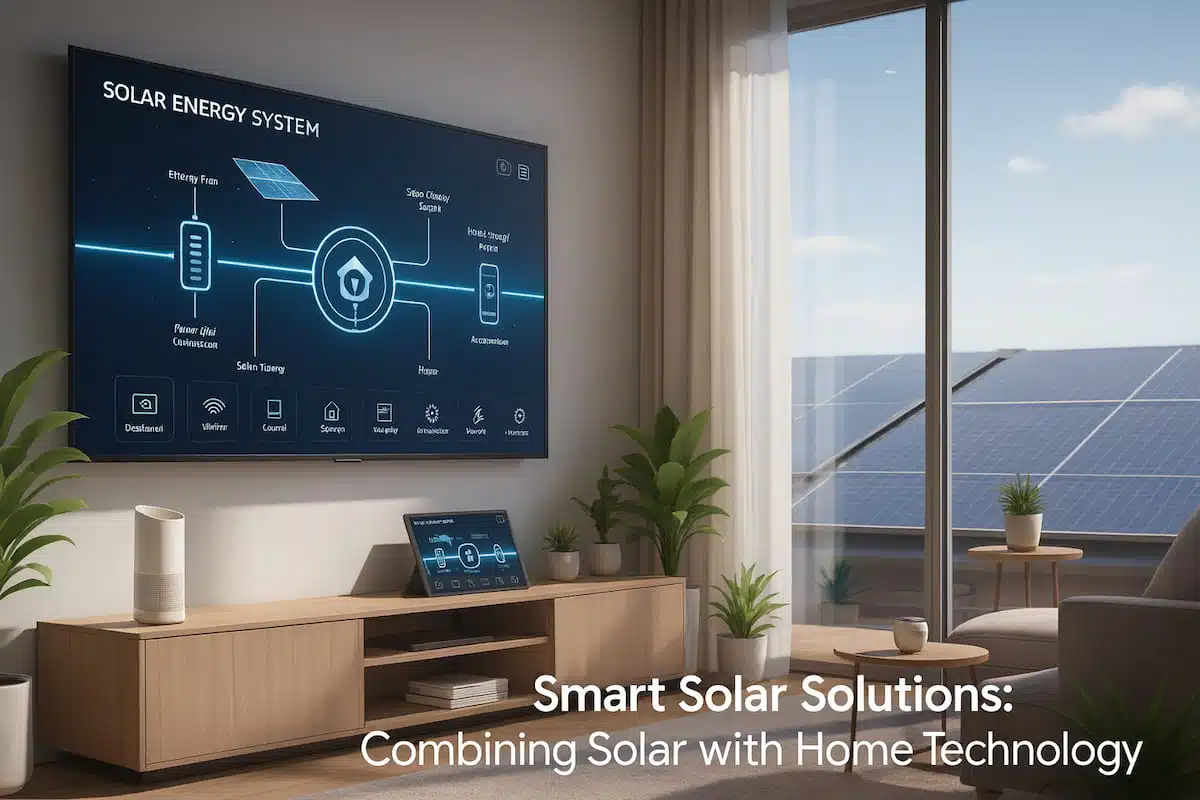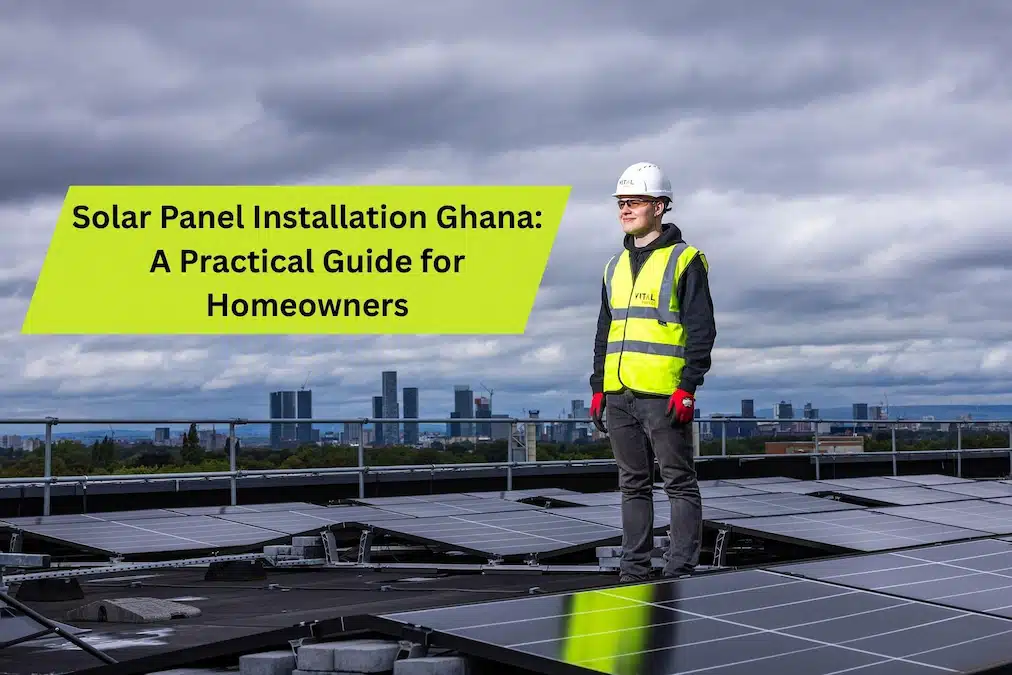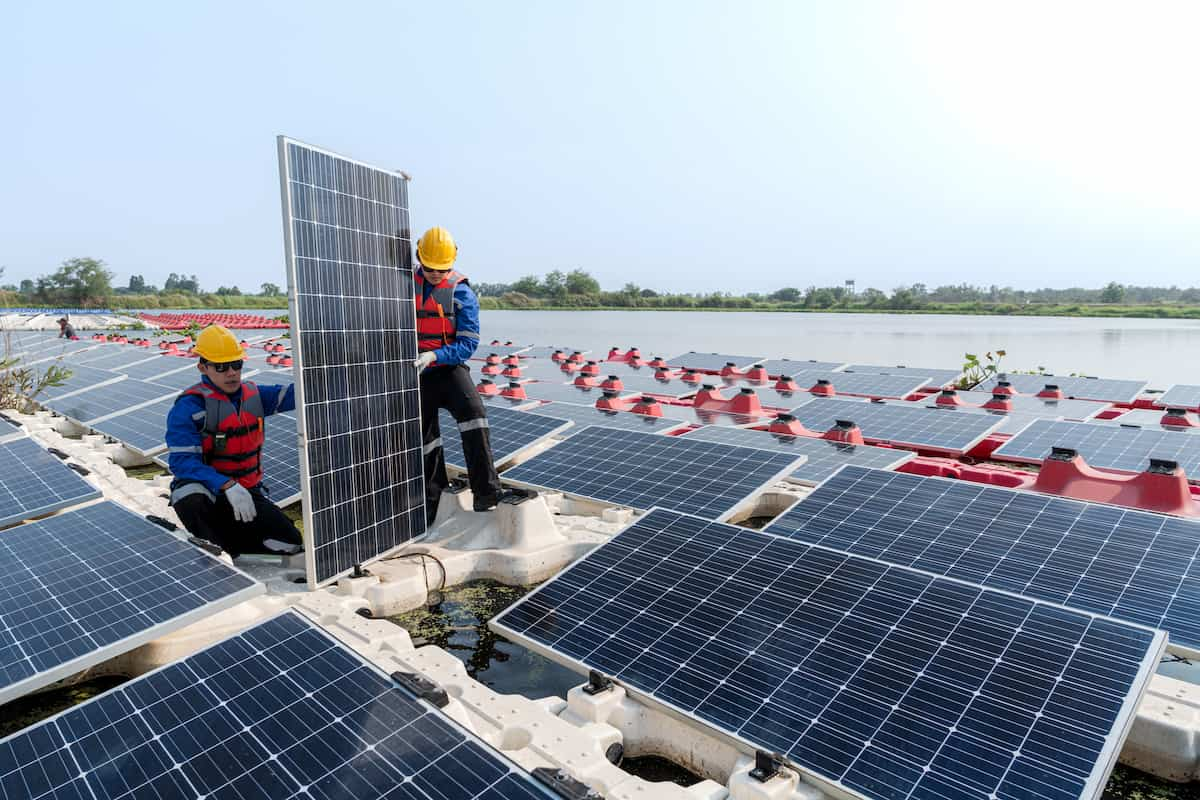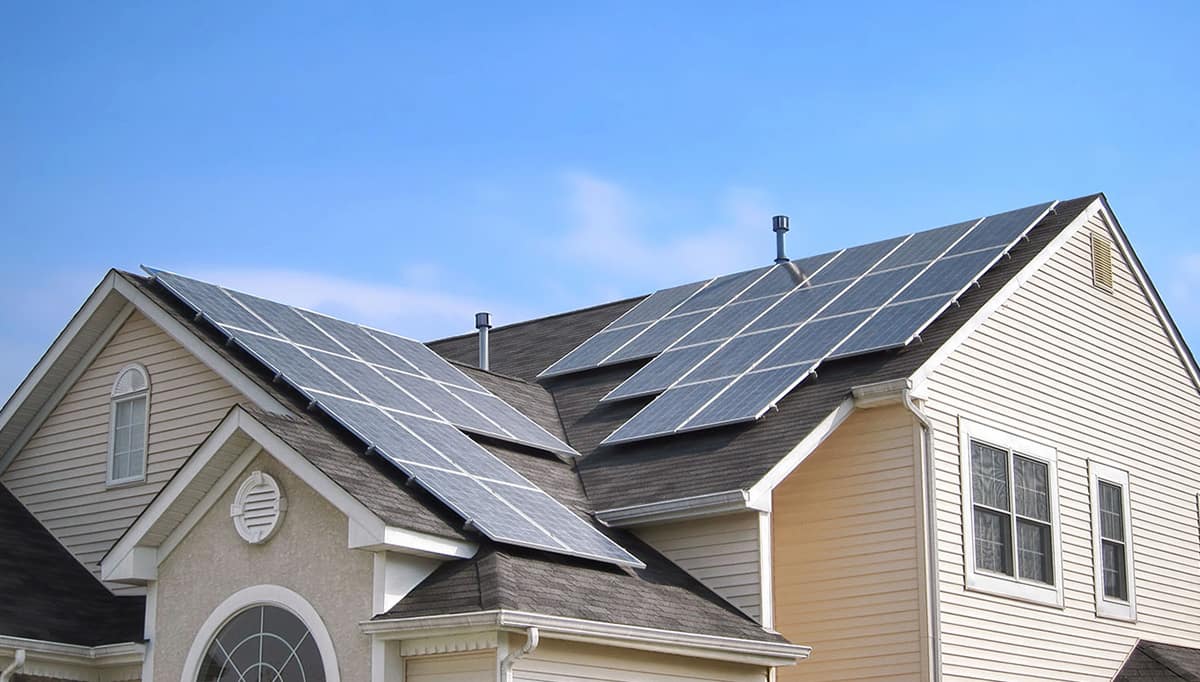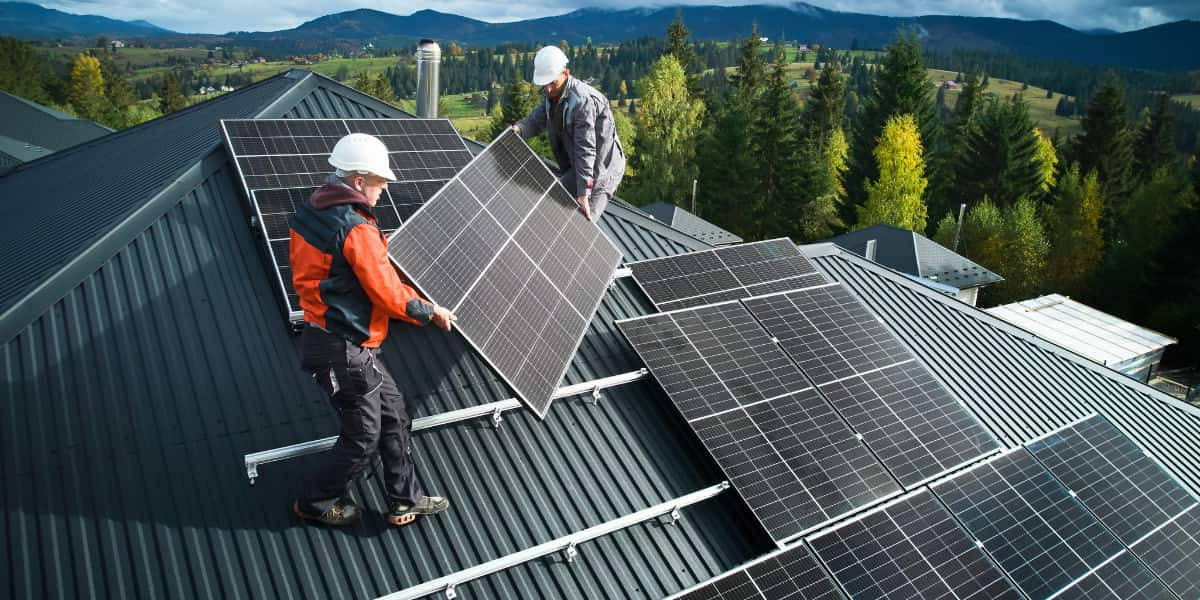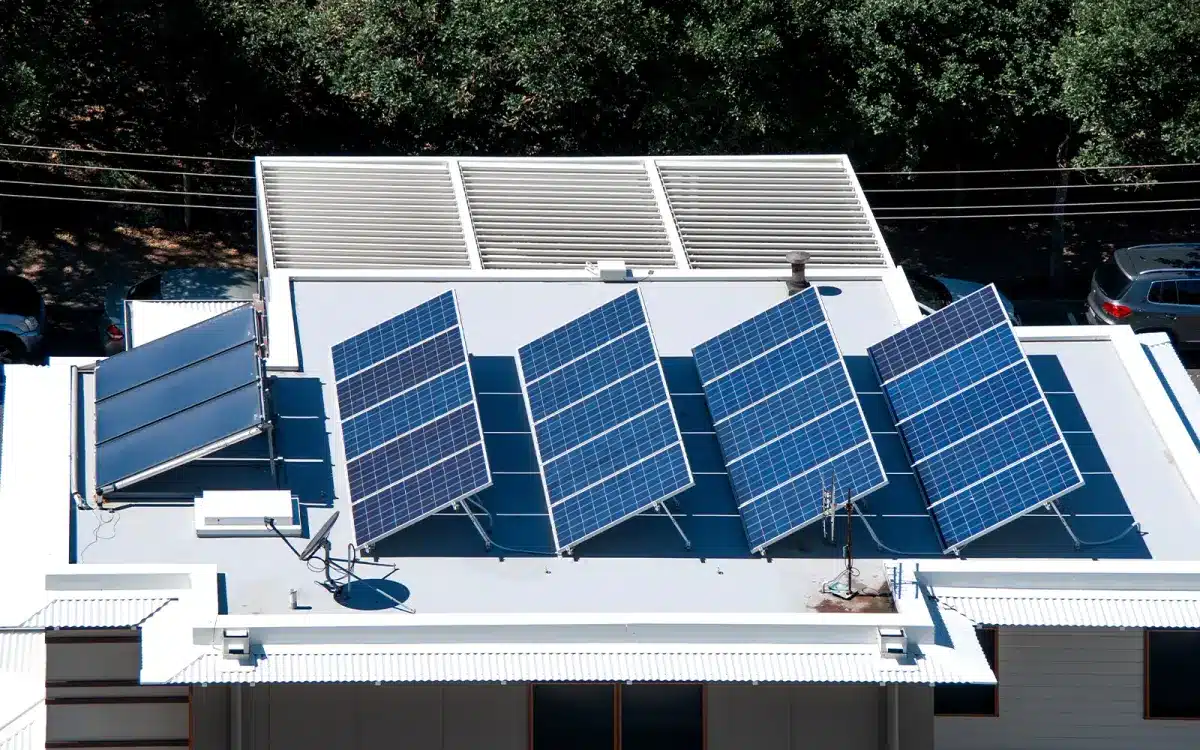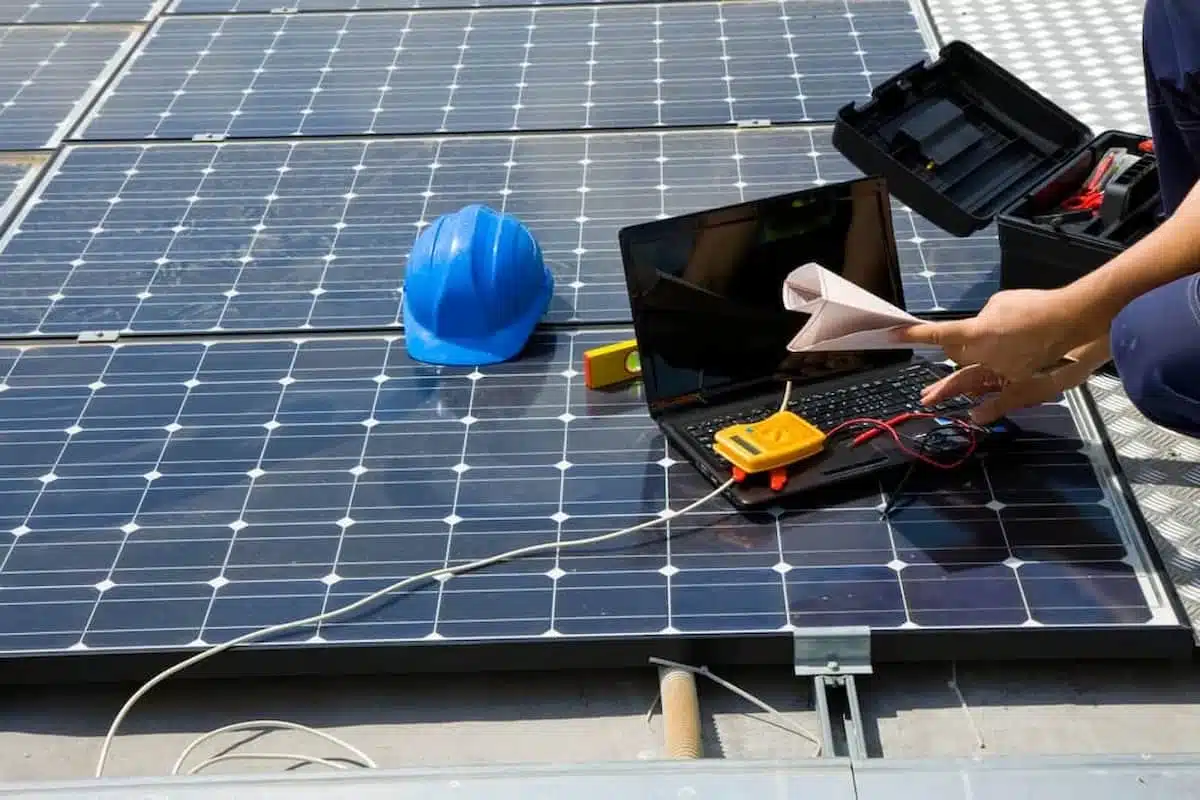Blogs
The Future of Solar Energy in Urban Planning: Transforming Cities
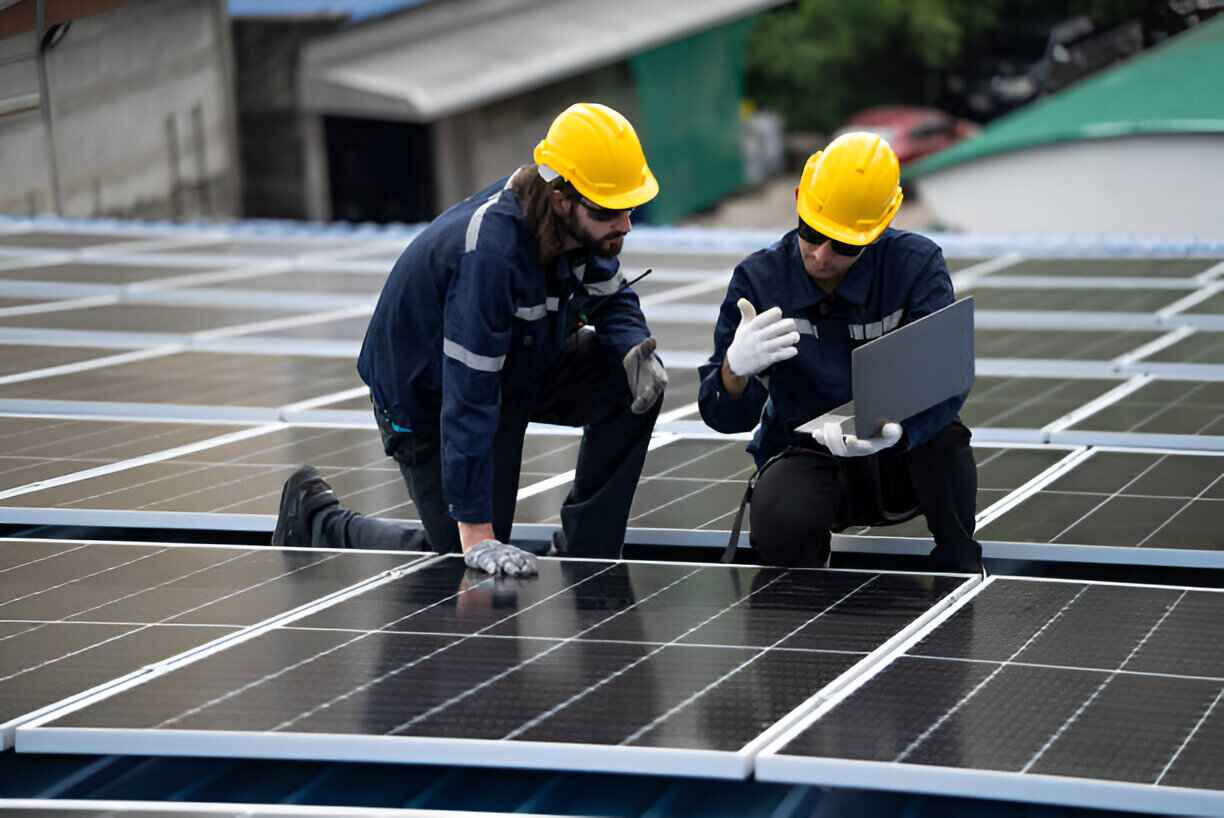
Explore the future of solar energy in urban planning and how it is transforming cities. Discover innovative solutions, sustainable development, and the role of solar power in shaping smarter, greener cities.
Solar energy is becoming more important in our cities. It’s a key part of urban planning. Cities are growing fast, and with this growth comes a need for sustainable energy solutions. Solar energy offers a clean, renewable power source that can be integrated into urban environments. As technology advances, the potential for solar energy in cities expands.
From solar panels on rooftops to solar-powered streetlights, the possibilities are endless. Urban planners are now looking at how to best use solar energy to create greener, more efficient cities. This shift not only helps reduce carbon footprints but also promotes energy independence. Let’s explore how solar energy will shape the cities of tomorrow.
Innovative Solar Technologies
Innovative solar technologies are shaping the future of urban planning. Cities are integrating solar panels into buildings and public spaces. These advancements help reduce energy costs and promote sustainability.
As urban areas continue to expand, the importance of integrating renewable energy sources into city planning becomes even more critical. The future of solar energy in urban planning is incredibly promising, particularly due to innovative solar technologies. These technologies are transforming how we think about solar energy and its application in urban environments. Here, we’ll explore some of the most exciting advancements in solar technology.
New Solar Panel Designs
The evolution of solar panels is nothing short of revolutionary. Traditional bulky solar panels are being replaced with sleek, efficient, and aesthetically pleasing designs. One of the significant advancements is the development of bifacial solar panels. These panels can capture sunlight on both sides, increasing energy output without requiring additional space. Another innovation is the use of flexible solar panels. These panels can be integrated into various surfaces, including curved or uneven ones, allowing for more creative and practical installation options. Imagine a city where every available surface can generate electricity—rooftops, walls, even the sidewalks.
Solar Windows And Facades
Perhaps the most exciting development in solar technology is the advent of solar windows and facades. These innovations transform buildings into power generators without compromising aesthetics. Solar windows use transparent photovoltaic cells embedded within the glass. This means that every window in a skyscraper could potentially generate electricity while still allowing light to pass through. Similarly, solar facades are designed to be part of the building’s exterior.
They can be made to match the architectural style, ensuring that the buildings remain visually appealing. In fact, I once visited a building in Copenhagen that had integrated solar facades. Not only did it look stunning, but it also significantly reduced the building’s energy costs. These technologies are not just futuristic concepts; they are being implemented in cities worldwide. As an urban planner or even a homeowner, you might wonder how you can incorporate these innovations into your projects.
Start by exploring the current options available and consider the long-term benefits both in terms of energy savings and environmental impact. What innovative solar technology excites you the most, and how do you see it transforming our cities? The future of urban planning is bright, and with these advancements, we have the tools to make our cities more sustainable and energy-efficient.
Integration Into Urban Infrastructure
The integration of solar energy into urban infrastructure is transforming city landscapes. Solar technology is becoming a cornerstone of urban planning, offering sustainable solutions. Cities are increasingly incorporating solar systems into public and private spaces. This shift is driven by the need for renewable energy and reducing carbon footprints. Solar energy is now powering various urban infrastructures, making cities greener and more efficient.
Solar-powered Public Transportation
Solar-powered public transportation is gaining popularity in cities. Buses and trains equipped with solar panels are reducing reliance on traditional fuel. These vehicles harness sunlight, converting it into electricity. This not only cuts emissions but also lowers operational costs. Solar energy ensures a cleaner, quieter commute. Urban planners are adopting this technology to create eco-friendly transport systems.
Solar Street Lighting
Solar street lighting is revolutionizing urban spaces. Traditional streetlights consume significant electricity. Solar streetlights, on the other hand, use solar panels to collect energy during the day. This energy powers the lights at night. Solar streetlights reduce electricity bills and maintenance costs. They also enhance public safety by providing reliable lighting. Cities are installing solar streetlights to promote sustainability and efficiency.
Economic Benefits
Solar energy in urban planning can lower electricity costs and create jobs. This boosts local economies and reduces pollution.
When you think about the future of urban planning, solar energy isn’t just a buzzword—it’s a game-changer. Solar energy brings with it a wave of economic benefits that cities can no longer afford to ignore. From significant cost savings to substantial job creation, the economic advantages of integrating solar power into urban planning are both immediate and long-term.
Cost Savings For Cities
Solar energy can dramatically reduce electricity costs for cities. By installing solar panels on public buildings, schools, and even streetlights, municipalities can cut down their reliance on traditional, more expensive power sources. Take, for example, the city of Lancaster, California. By embracing solar power, Lancaster has managed to save millions on electricity bills. These savings can then be allocated to other critical areas like public safety, education, and infrastructure improvements. Moreover, solar energy systems often come with long-term warranties and minimal maintenance costs. Once installed, the systems require very little upkeep, leading to further savings over the years. Imagine what your city could do with the money saved on energy costs—perhaps better parks, improved public transportation, or more community programs.
Job Creation
The solar energy sector is a powerhouse for job creation. According to the International Renewable Energy Agency, the solar industry employed around 11.5 million people globally in 2019. These jobs range from manufacturing and installation to maintenance and sales. But it’s not just about numbers.
These are well-paying, skilled jobs that can provide long-term employment and career growth. Think about the impact on your community. Local job creation means more money stays within your local economy, fostering growth and stability. Additionally, training programs are often part of solar energy initiatives.
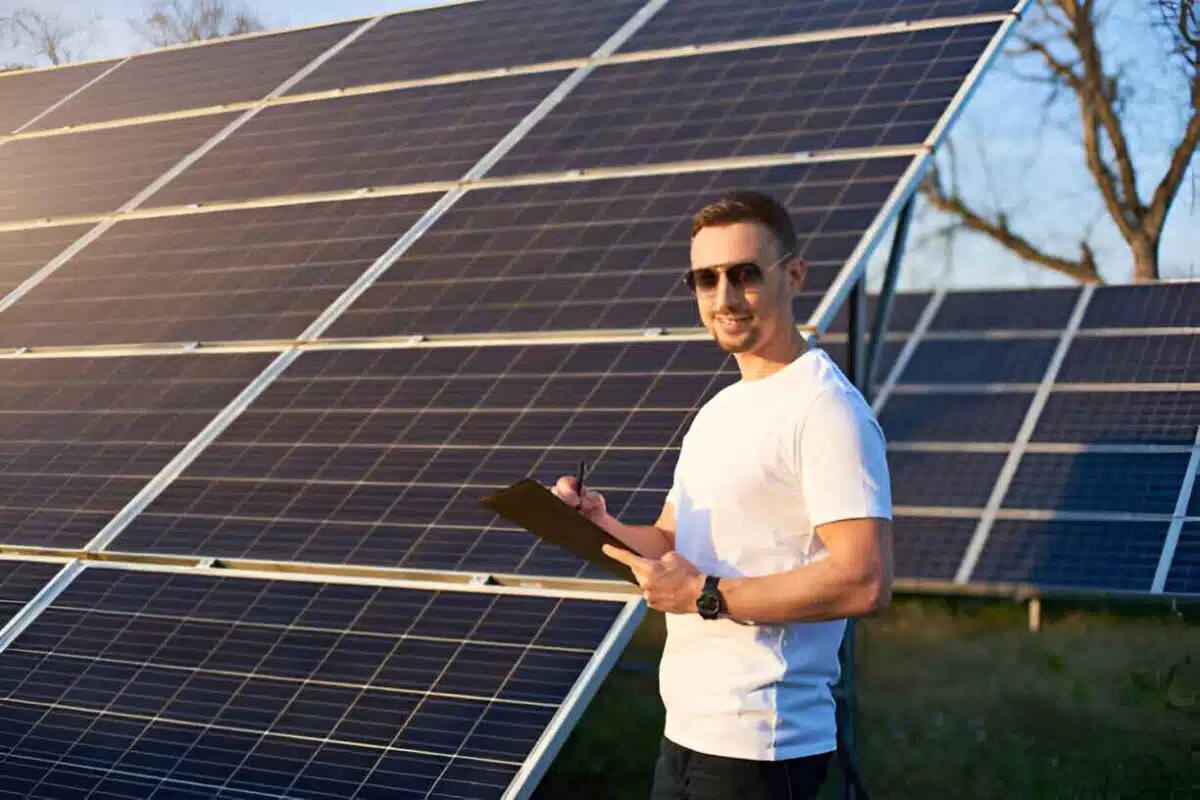
This means that even those who are new to the workforce or looking to switch careers can find opportunities in the solar sector. For example, a city-sponsored training program in solar panel installation can open doors for many, providing them with a sustainable career path.
How do you think your city could benefit from these job opportunities? Could local schools and colleges partner with solar companies for training programs? The possibilities are endless. Incorporating solar energy into urban planning is not just an environmental win; it’s an economic strategy that can lead to significant cost savings and job creation. As cities continue to grow and evolve, solar energy will undoubtedly play a crucial role in shaping the economic landscape of urban environments.
Environmental Impact
The future of solar energy in urban planning holds significant promise for the environment. Solar energy is a clean and renewable source that can greatly benefit cities. Let’s explore the environmental impact of incorporating solar energy into urban planning.
Reduction In Carbon Emissions
Solar energy reduces the need for fossil fuels. This decrease cuts down on carbon emissions. Lower carbon emissions mean a healthier planet. Cities can become greener and contribute less to global warming.
Improved Air Quality
Using solar energy leads to cleaner air. Fossil fuels release harmful pollutants into the air. Solar panels do not produce these pollutants. Cleaner air means fewer health problems for city residents.
Better air quality also improves the overall environment. Plants and animals thrive in cleaner air. Urban areas can become healthier and more vibrant.
Challenges And Solutions
The future of solar energy in urban planning presents both challenges and solutions. Urban areas face unique difficulties when integrating solar energy. Yet, innovative solutions are emerging to address these issues. This section explores some of the key challenges and the potential solutions.
Space Constraints
Urban areas often lack ample space for large solar panels. Buildings are close together and there is limited rooftop space. This makes it hard to install enough panels to generate significant power. One solution is to use building-integrated photovoltaics (BIPV). These are solar panels that blend with building materials. They can be installed on windows, walls, and even roofs. This approach maximizes the use of available space.
Initial Investment Costs
The initial cost of installing solar panels can be high. This can deter many from adopting solar energy. These reduce the overall cost of installation. There are also financing options like solar leases and power purchase agreements (PPAs). These allow users to pay for the energy they use, rather than the panels themselves. Over time, the savings on energy bills can offset the initial costs.
Building Codes And Standards
Building codes and standards are equally crucial. They ensure that solar installations are safe, efficient, and integrated seamlessly into urban landscapes. These regulations can include everything from zoning laws to safety standards and energy efficiency requirements.
Consider the example of California. The state has mandated that all new homes must include solar panels starting in 2020. This building code update is a game-changer. It sets a precedent for other states and countries to follow, pushing solar energy from an optional upgrade to a standard feature.
However, there are challenges. Sometimes, outdated regulations can stifle innovation. It’s essential for policymakers to continually review and update these codes to keep pace with technological advancements. This proactive approach can ensure that urban planning remains forward-thinking and sustainable.
So, how can you contribute? Stay informed about local policies and participate in public forums. Your voice can help shape the future of solar energy in urban planning.
Community Engagement
Community engagement plays a vital role in the future of solar energy in urban planning. It ensures that residents are informed and involved in the transition to sustainable energy. By engaging the community, we can create a shared vision for a greener future. Below, we explore key aspects of community engagement in solar energy.
Public Awareness Campaigns
Public awareness campaigns help educate residents about the benefits of solar energy. These campaigns can include workshops, flyers, and social media posts. They aim to inform people about the environmental and economic advantages of solar power. Effective campaigns can dispel myths and encourage more people to support solar initiatives. Engaging local leaders and influencers can also enhance the reach of these campaigns.
Community Solar Projects
Community solar projects allow multiple households to share the benefits of a single solar installation. These projects are ideal for people who cannot install solar panels on their own roofs. They provide access to clean energy and lower electricity bills. Community solar projects can also foster a sense of unity and collective responsibility. By participating, residents contribute to a sustainable future for their neighborhoods.
Future Trends
The future of solar energy in urban planning looks promising. New trends are emerging, making solar energy more accessible and efficient. These changes will help cities become greener and more sustainable. Let’s explore some of the key trends shaping the future of solar energy in urban planning.
Advancements In Solar Technology
Solar technology is evolving rapidly. Innovations are making solar panels more efficient. New materials are being used, which capture more sunlight. These advancements allow solar panels to generate more power. Some panels can even work on cloudy days.
Smart grids are another exciting development. They help manage energy more efficiently. Smart grids can store excess energy for later use. This makes solar energy more reliable. Cities can depend on solar power even when the sun isn’t shining.
Global Examples
Many cities around the world are leading the way in solar energy. In Germany, the city of Freiburg is a great example. Freiburg has solar panels on many rooftops. The city even has a solar factory. This shows how urban areas can embrace solar energy.
In the United States, San Francisco is making strides. The city has solar panels on public buildings. This helps the city reduce its carbon footprint.
Tokyo, Japan, is another city to watch. Tokyo is using solar panels to power public transportation. This reduces the city’s reliance on fossil fuels. Solar energy is making urban transportation cleaner and more efficient.
Frequently Asked Questions
What Is The Future Of Using Solar Energy?
The future of solar energy is bright. Costs are decreasing, and technology is improving. Solar adoption is growing globally. Renewable energy policies support expansion. Solar energy will play a significant role in reducing carbon emissions.
What Is The Future Of The Solar System?
The Sun will eventually exhaust its hydrogen fuel. It will expand into a red giant, engulfing nearby planets. Finally, it will collapse into a white dwarf. This transformation will drastically alter the solar system’s structure.
What Technology Will Replace Solar Panels?
Emerging technologies like perovskite solar cells, solar paint, and solar windows may replace traditional solar panels. These innovations offer higher efficiency and flexibility.
What Will Happen To Solar Panels In 25 Years?
In 25 years, solar panels will still produce electricity but at a reduced efficiency of around 80-85%. Regular maintenance can help maintain performance.
Conclusion
Solar energy offers a bright future for urban planning. It reduces carbon footprints and saves money. Cities can integrate solar panels on rooftops. They can also use solar for public spaces and transport. This clean energy option is sustainable and efficient.
Embracing solar power helps fight climate change. It also supports energy independence. Urban planners must prioritize solar energy. Communities will benefit from cleaner air and lower energy costs. Solar energy is the way forward for modern cities. Let’s build a greener future together.







